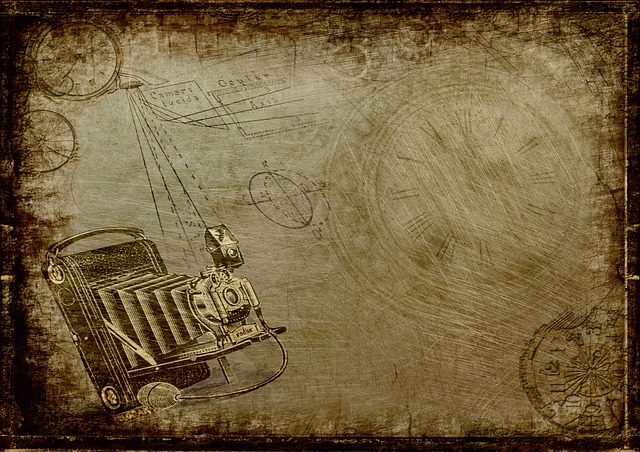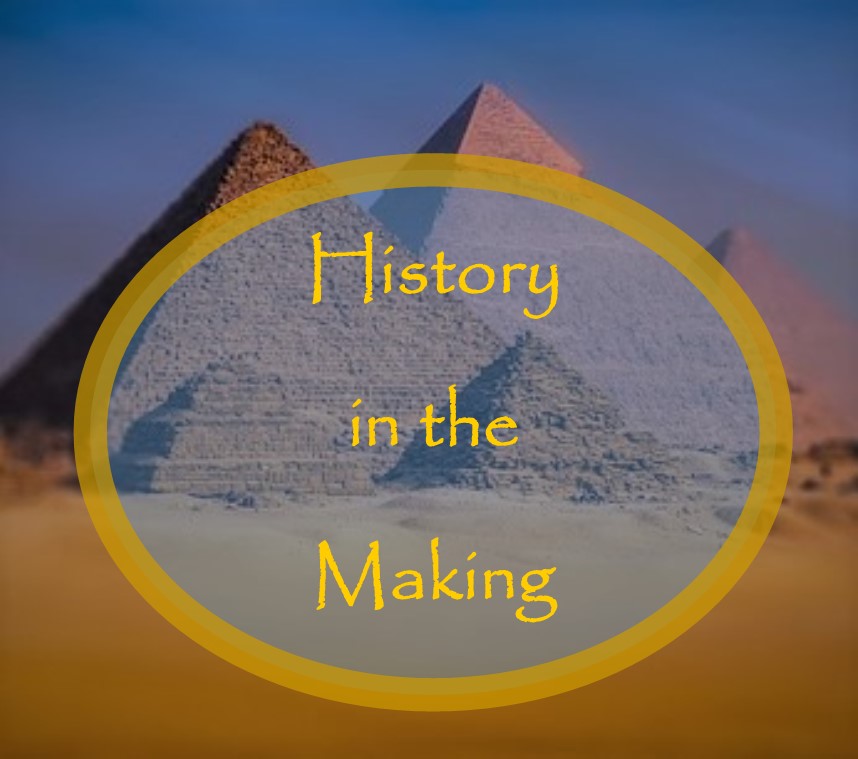Envision the hero and heroine of a story. They’re tasked with finding a missing person. They’re packed. They know where the trail begins. Transportation awaits them. But they need one more thing—a photo.
In a contemporary story, the conversation between the hero and heroine might sound like this:
“Did you get a photo of Mr. Missing?” Hero says.
“The family emailed several to me last night.”
“Would you send them to my phone?”
Heroine flashes a sassy smile. “Already did.”
Hero slips his iPhone off his belt clip, opens his email, and studies Mr. Missing’s smiling face−clear, detailed, vividly colored.
“Looks like we’re good to go.”
However, if the story is set in the 19th century…
“Did the family ever find that photograph of Mr. Missing?”
“Yes, buried under old love letters at the bottom of his wife’s keepsake box.” Heroine carefully removed the photograph from her reticule, fingered the edge of thick paper, then passed it to Hero. “Mr. Missing on his wedding day.”
Hero studied the grainy image of Mr. Missing and his bride. Faded shades of brown depicted the taut-faced couple dressed in their Sunday best as they sat stiff like statues. Time had etched wrinkles across the images, but the features of Mr. Missing’s face were sufficient for their purposes.
“Better than I hoped for.” Hero says.

From formally posed 19th century daguerreotypes to 21st century selfies, determining the technology available during the time period of one’s story is important to the integrity of the work.
In addition to the stage of technology, a writer should also consider the economics of the time period. Consider the American television series “Little House on the Prairie”. Set in the late 1800s, the Ingalls barely scraped out a living from the farm. The traveling photographer would not have attracted their business. However, Mrs. Oleson, owner of the General Store, would probably have been his best customer in the area.
In contrast, today’s technological advancements have enabled the mass production of iPhones at an affordable price. Most folks carry them, not only for instant phone and text communications, but also for quick photos of anything that catches their eyes. From births to daycare to high school to college to weddings, and everything in between, our lives are easily and readily memorialized in photographs.
For writers, whose artistic skills might be bent more toward words than cameras, questions abound. Tintypes or selfies? Still photos or motion picture cameras? Black and white or colored prints? A prized digital camera or an instamatic throw-away?
An internet search would be a great place to find answers to these questions. We might start by keying in the words “History of Cameras Timeline”. Up pop a number of timelines created by people who have already done extensive research and graciously shared it with us. From there, homing in on a specific camera or photograph type will yield detailed information about everything we want to know about the subject−as much or as little as we can absorb.
Once we’re armed with the knowledge we need, we can create period-appropriate word pictures for our readers, whether simply describing an array of photos, introducing a camera-buff as a main or secondary character, or writing a cozy mystery about finding Mr. Missing.

Jeannine Brummett lives in South Carolina with her husband of nineteen years, Don, who shares his three adult sons and three grandchildren with her. Reading is big on her list of things to do, but she also thrives on TV crime dramas, NBA basketball, and marvels at the critters and fowl life that live at the pond behind their house. She loves to sing praise songs, attend Bible Study, and help at a local food pantry.




 We love helping your growing in your writing career.
We love helping your growing in your writing career.

You opened an important subject, Jeannine, because the time periods have become compressed as far as technology is concerned.
Some of us can remember tube-type radios. For others, a transistor radio was cool, daddy-o. Today, we’re hooked on phones – sometimes even using them for making a voice connection to others.
It’s easy to forget that what we know as familiar won’t translate to anything meaningful to a certain audience.